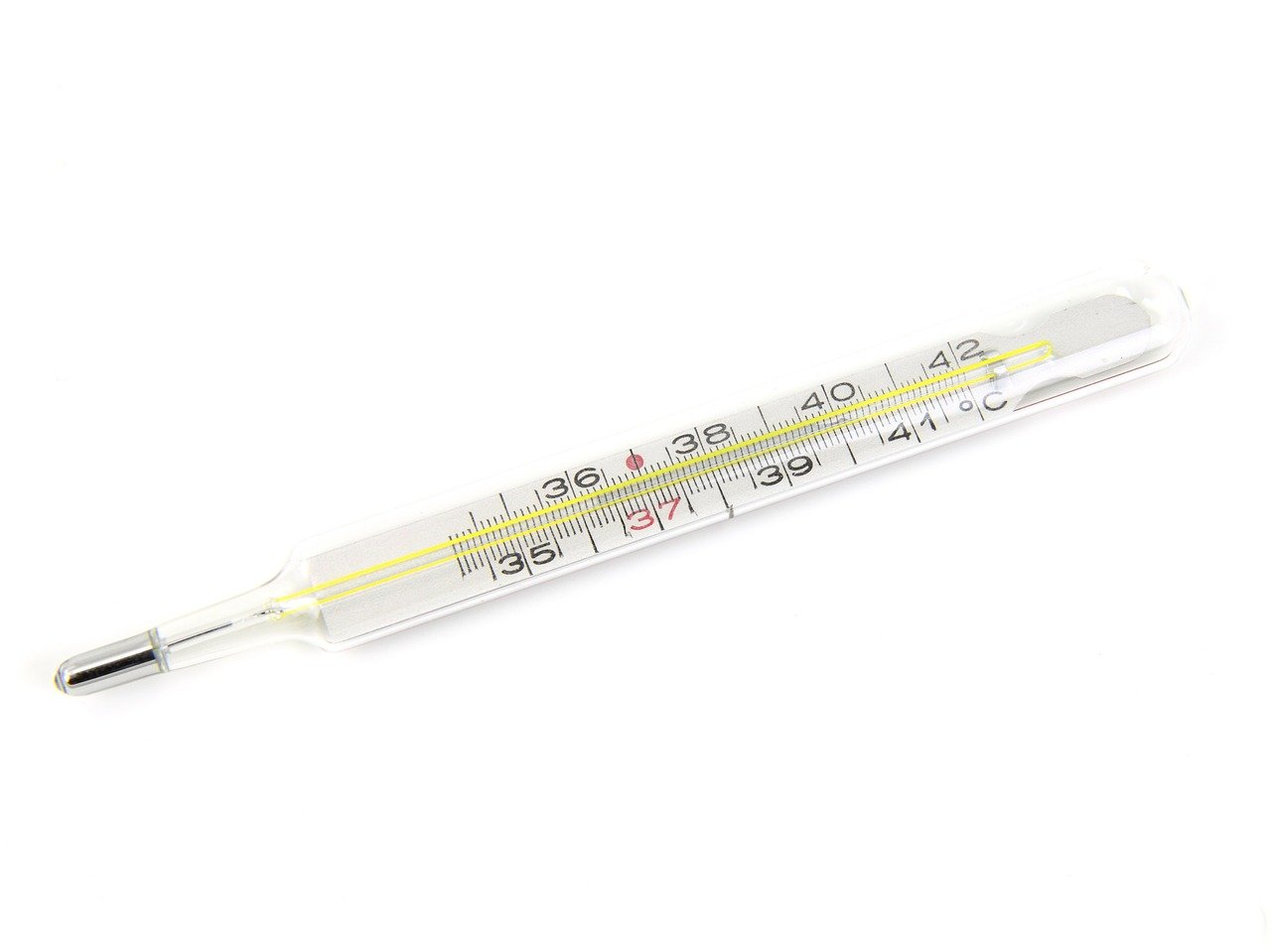Every powered hydraulic machine generates ambient heat. Heat dissipates throughout the system, creating a broadly equivalent level temperature. It’s both a benefit and a hazard to engineers and designers working with volatile, sensitive mechanical systems. While the wasted thermal energy from moving hydraulics helps prevent freezing, rusting, and jams, hydraulic warmth also needs to be safely and quickly dissipated away when the machine’s fluid loop is deactivated.
Everything used in the system (i.e. pipelines, chambers, reservoirs, mechanical components) needs to have a set melting point above the estimated peak for ambient hydraulic heat. Fatigue, pitting, and breaches can occur due to heat build-up in badly designed systems if engineers don’t plan ahead.
How Do Hydraulics Generate Heat?
Hydraulics accumulate and spread heat in lots of ways. The rapid motion of the hydraulic fluid, liquid compaction, intense pressurisation, repetitive moving parts and rotors, and friction can all raise the temperature.
These effects amplify within a well-insulated system (as all good hydraulic loops should be) and when high outside working temperatures and pressure are present. Intense, rapidly moving, high-yield hydraulic systems generate more heat than low-yield, infrequent part-motion ones.
Do All Hydraulic Systems And Liquids Generate The Same Level Of Heat?
No. Not all hydraulic temperature generation has an identical effect on ambient temperature and on how the machine runs. Likewise, not all hydraulic fluid generates and spreads the same level of warmth while in use. It all hinges on the substances, parts, and materials the engineer chooses to use. Selecting the best fluid and dissipation techniques is vital when designing quality hydraulics. This is when ‘Specific Heat’ becomes useful.
What Is Specific Heat?
Specific Heat is a numerical value that helps engineers work out how easily and how much a select fluid will heat while under pressure, containment, and motion in hydraulics.
How Is Specific Heat Calculated?
Specific Heat is calculated by matching the calorie output needed to heat a liquid by exactly one centigrade to the base reference fluid (pure water). As kinetic output and waste is measured in kilojoules, fluid engineers will divide estimated expended energy by 4.184 to get an approximate calorie figure for ambient heating. In practice, hydraulic engineers use pre-calculated Specific Heat tables to find out quick estimates.
Why Is Specific Heat Useful? And Why Is Pure Water The ‘Base’ Point?
Interpreting raw empirical data into easily understandable and workable figures can be tricky for even the best hydraulic engineer. Specific Heat takes the confusion out of liquid comparisons, temperature measurements, and operational estimates.
As pure water requires around 0.9-1.1 ambient calories for every centigrade it rises in temperature, it makes a great starting point to work around when designing safe, efficient hydraulic loops.
As Specific Heat is matched precisely to energy and temperature ratings, it also corresponds to the calorie output needed to lower the temperature back down.
Specific Heat quantification also helps justify hydraulic fluid choices. For example, standard hydraulic oil carries a comparative rating of c.0.5. A rating below c.1 indicates that oil provides far better heat resistance, energy conversion, and faster cooling times than water alone.
Combined Specific Heat calculations can be valuable for dual-pipeline machines such as petrochemical hydraulic pumps. Measuring ambient fluid interaction helps to make machinery safer, stable, and more efficient.
Hydraulics And Expert Thermodynamics From Hydrastar
To find out more about our hydraulic system design service, or to discuss strategies for making your hydraulic applications safer and more efficient, have a chat with one of our experienced design engineers today.
Image source: Pixabay



